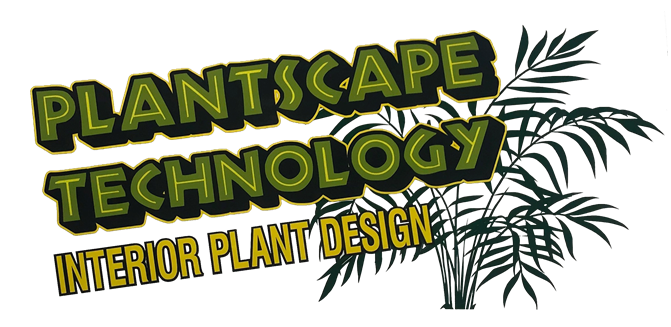
“LEADING THE INDUSTRY IN QUALITY & CUSTOMER SERVICE.”
Call Today … (978) 808-2891
Biophilic Design …
Biophilic Design…This hot new design trend is not some “look” or color scheme, it’s a set of design techniques that put people before profits in building construction. While some people are quick to put biophilic design in the category of “another green building standard,” it is absolutely not.
Biophilic design has made its entrée into the design community with data in hand to back up its claims. Unlike some other green building standards, which needed to be put in place and operated for some time in order to prove that they were worthwhile (think Green Globes, LEED), biophilic principles have existed for decades and their results are widely known. It is just now that design professionals and researchers are pulling these together en masse and presenting them under the umbrella of biophilic design.
What is Good Biophilic Design?
Biophilic design is the designing for people as a biological organism, respecting the mind-body systems as indicators of health and well-being in the context of what is locally appropriate and responsive. Good biophilic design draws from influential perspectives – health conditions, socio-cultural norms and expectations, past experiences, frequency and duration of the user experience, the many speeds at which it may be encountered, and user perception and processing of the experience – to create spaces that are inspirational, restorative, and healthy, as well as integrative with the functionality of the place and the (urban) ecosystem to which it is applied. Above all, biophilic design must nurture a love of place.
There are three pillars of Biophilic Design:
- Nature in the Space
- Nature of the Space and
- Natural Analogues.
To simplify, Nature in the Space is literally incorporating nature into the space. Adding water, plants, fish ponds, herbs, to an indoor environment. Nature of the Space is about orientation within the building and how things are positioned and designed to create a more comfortable layout for occupants. Natural Analogues are furnishings, building features or fixtures that emulate something natural, like trees, clouds or water. These three pillars contain fourteen principles, which can be incorporated into the design.
By definition, humans are drawn to nature and natural things. Nature stimulates the parasympathetic system and lowers stress. Studies have shown that walks outside, being around trees and nature in general lower stress levels. Studies also show that employees are more productive, hospital stays are shorter and patients use less medication, and student absenteeism is reduced when biophilic design is used. The data exists and it is compelling. That is why the architect and design community is embracing the biophilic concepts in their upcoming projects. It is not a ground-up concept either, biophilic design can be incorporated after the fact using plants or greenery, reconfiguring furniture, incorporating sound control or in a myriad of other ways.
Biophilic design is not a credit based standard either, where you need to achieve a number of points in order to hit a certification level. It is not some placard you mount on your building to give yourselves a high-five for building green. It is about the health of the building occupants and it is not an all-or-nothing approach. You can use one design element or hundreds of instances. It is whatever works for your space.
Biophilia is not some scary reincarnation of the many green standards that have confused and fatigued the design and construction world. It is a design concept that puts people and their health first, and makes occupant well-being the top priority in design. Who wouldn’t want to live or work in a space like that?
______________________________________
Want to Learn More?
Below is a more in-depth discussion of the three pillars of Biophilic Design as well as a discussion of the Nature-Health Relationships involved with Biophilic Designs!
Nature-Design Relationships
As mentioned above, Biophilic design can be organized into three categories – Nature in the Space, Natural Analogues, and Nature of the Space – providing a framework for understanding and enabling thoughtful incorporation of a rich diversity of strategies into the built environment.
Nature in the Space
Nature in the Space addresses the direct, physical and ephemeral presence of nature in a space or place. This includes plant life, water and animals, as well as breezes, sounds, scents and other natural elements. Common examples include potted plants, flowerbeds, bird feeders, butterfly gardens, water features, fountains, aquariums, courtyard gardens and green walls or vegetated roofs. The strongest Nature in the Space experiences are achieved through the creation of meaningful, direct connections with these natural elements, particularly through diversity, movement and multi-sensory interactions.
Nature in the Space encompasses seven biophilic design patterns:
- Visual Connection with Nature. A view to elements of nature, living systems and natural processes.
- Non-Visual Connection with Nature. Auditory, haptic, olfactory, or gustatory stimuli that engender a deliberate and positive reference to nature, living systems or natural processes.
- Non-Rhythmic Sensory Stimuli. Stochastic and ephemeral connections with nature that may be analyzed statistically but may not be predicted precisely.
- Thermal & Airflow Variability. Subtle changes in air temperature, relative humidity, airflow across the skin, and surface temperatures that mimic natural environments.
- Presence of Water. A condition that enhances the experience of a place through seeing, hearing or touching water.
- Dynamic & Diffuse Light. Leverages varying intensities of light and shadow that change over time to create conditions that occur in nature.
- Connection with Natural Systems. Awareness of natural processes, especially seasonal and temporal changes characteristic of a healthy ecosystem.
Nature of the Space
Nature of the Space addresses spatial configurations in nature. This includes our innate and learned desire to be able to see beyond our immediate surroundings, our fascination with the slightly dangerous or unknown; obscured views and revelatory moments; and sometimes even phobia-inducing properties when they include a trusted element of safety. The strongest Nature of the Space experiences are achieved through the creation of deliberate and engaging spatial configurations commingled with patterns of Nature in the Space and Natural Analogues.
Nature of the Space encompasses four biophilic design patterns:
- Prospect. An unimpeded view over a distance, for surveillance and planning.
- Refuge. A place for withdrawal from environmental conditions or the main flow of activity, in which the individual is protected from behind and overhead.
- Mystery. The promise of more information, achieved through partially obscured views or other sensory devices that entice the individual to travel deeper into the environment.
- Risk/Peril. An identifiable threat coupled with a reliable safeguard.
Natural Analogues
Natural Analogues addresses organic, non-living and indirect evocations of nature. Objects, materials, colors, shapes, sequences and patterns found in nature, manifest as artwork, ornamentation, furniture, décor, and textiles in the built environment. Mimicry of shells and leaves, furniture with organic shapes, and natural materials that have been processed or extensively altered (e.g., wood planks, granite tabletops), each provide an indirect connection with nature: while they are real, they are only analogous of the items in their ‘natural’ state. The strongest Natural Analogue experiences are achieved by providing information richness in an organized and sometimes evolving manner.
Natural Analogues encompasses three patterns of biophilic design:
- Biomorphic Forms & Patterns. Symbolic references to contoured, patterned, textured or numerical arrangements that persist in nature.
- Material Connection with Nature. Materials and elements from nature that, through minimal processing, reflect the local ecology or geology and create a distinct sense of place.
- Complexity & Order. Rich sensory information that adheres to a spatial hierarchy similar to those encountered in nature.
Nature-Health Relationships
Stress & Well-being
Much of the evidence for biophilia can be linked to research in one or more of three overarching mind-body systems – cognitive, psychological and physiological – that have been explored and verified to varying degrees, in laboratory or field studies, to help explain how people’s health and well-being are impacted by their environment. To familiarize the reader with these nature-health relationships, these mind-body systems are discussed here in the briefest sense, and are supported with a table of familiar hormones and neurotransmitters, environmental stressors, and biophilic design strategies.
Cognitive Functionality and Performance
Cognitive functioning encompasses our mental agility and memory, and our ability to think, learn and output either logically or creatively. For instance, directed attention is required for many repetitive tasks, such as routine paperwork, reading and performing calculations or analysis, as well as for operating in highly stimulating environments, as when crossing busy streets. Directed attention is energy intensive, and over time can result in mental fatigue and depleted cognitive resources.
Strong or routine connections with nature can provide opportunities for mental restoration, during which time our higher cognitive functions can sometimes take a break. As a result, our capacity for performing focused tasks is greater than someone with fatigued cognitive resources.
Psychological Health and Well-being
Psychological responses encompass our adaptability, alertness, attention, concentration, and emotion and mood. This includes responses to nature that impact restoration and stress management. For instance, empirical studies have reported that experiences of natural environments provide greater emotional restoration, with lower instances of tension, anxiety, anger, fatigue, confusion and total mood disturbance than urban environments with limited characteristics of nature.
Psychological responses can be learned or hereditary, with past experiences, cultural constructs and social norms playing a significant role in the psychological response mechanism.
Physiological Health and Well-being
Physiological responses encompass our aural, musculoskeletal, respiratory, circadian systems and overall physical comfort. Physiological responses triggered by connections with nature include relaxation of muscles, as well as lowering of diastolic blood pressure and stress hormone (i.e., cortisol) levels in the blood stream. Short term stress that increases heart rate and stress hormone levels, such as from encountering an unknown but complex and information-rich space, or looking over a banister to 8 stories below, is suggested to be beneficial to regulating physiological health.
The physiological system needs to be tested regularly, but only enough for the body to remain resilient and adaptive. Physiological responses to environmental stressors can be buffered through design, allowing for the restoration of bodily resources before system damage occurs.
We’re certain you will notice PLANTSCAPE TECHNOLOGY difference. Give us a call at (978) 808-2891 to learn more about PLANTSCAPE TECHNOLOGY and how we can assist you with your interior landscaping needs.

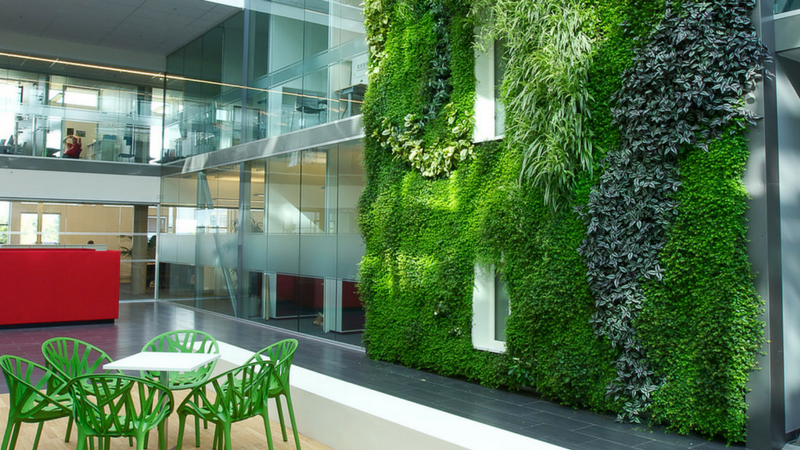
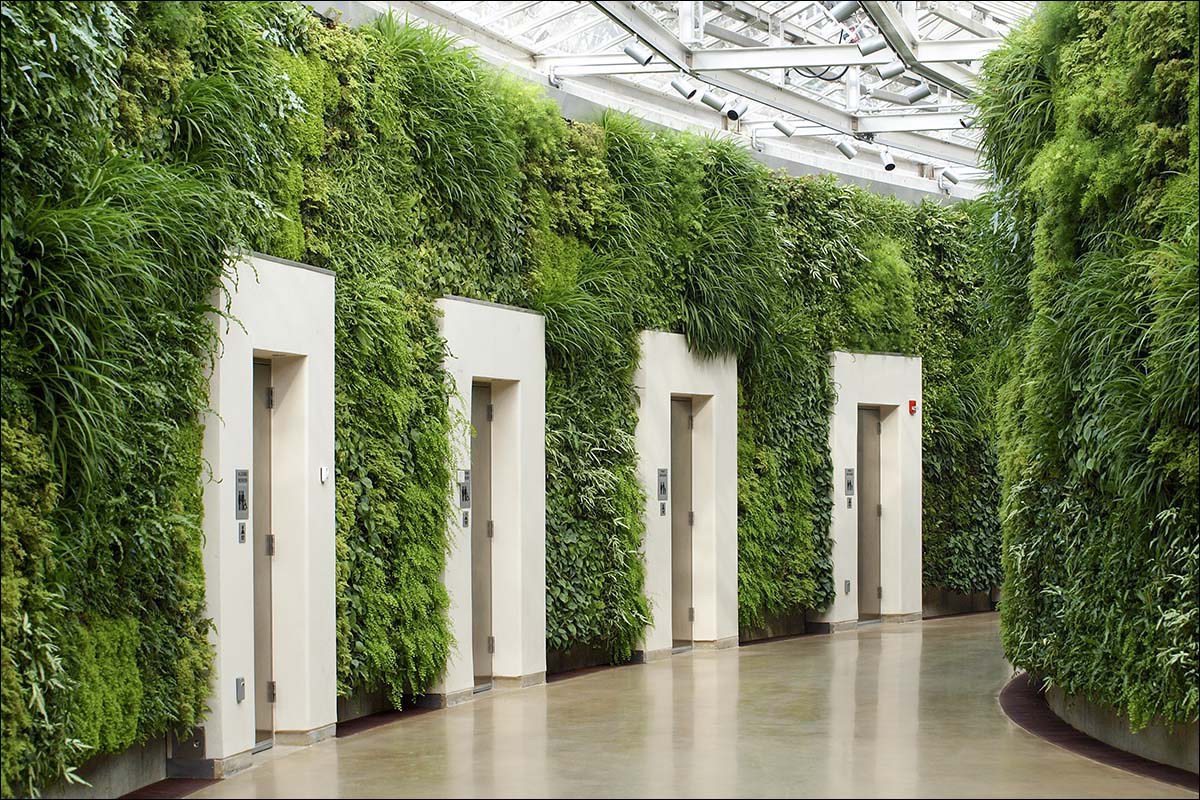
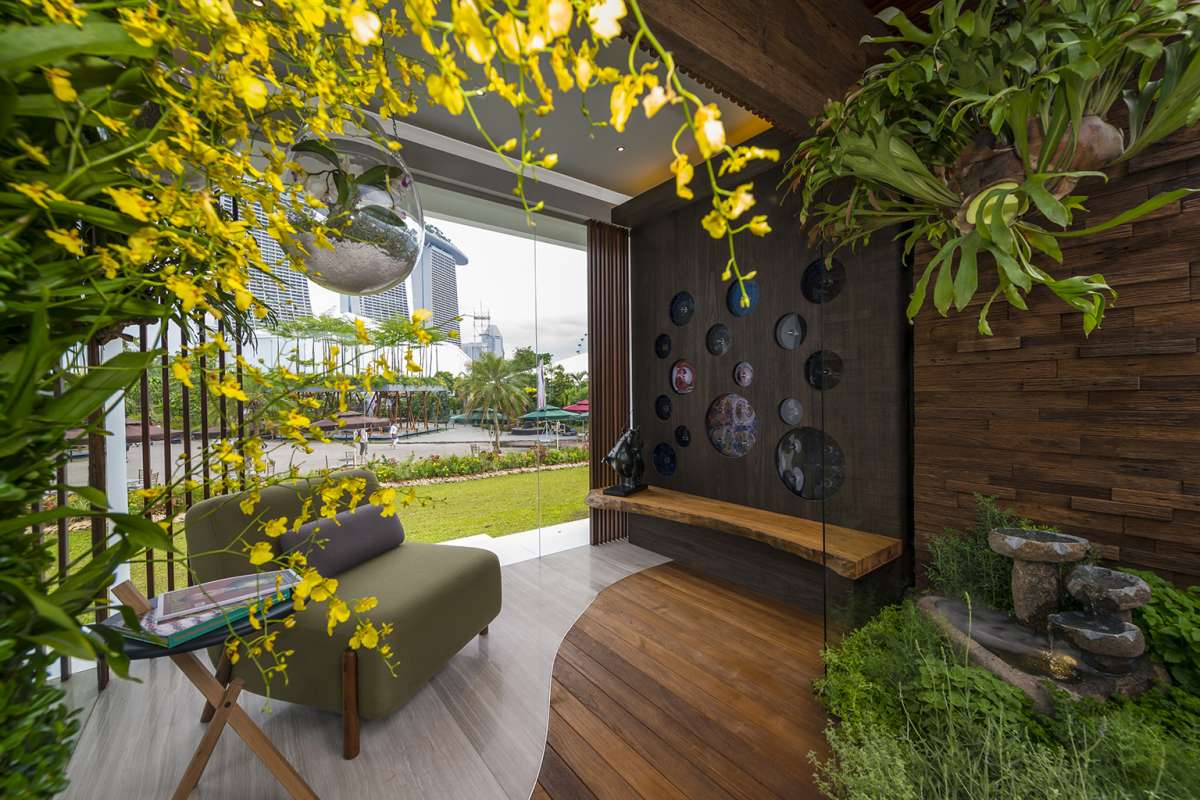
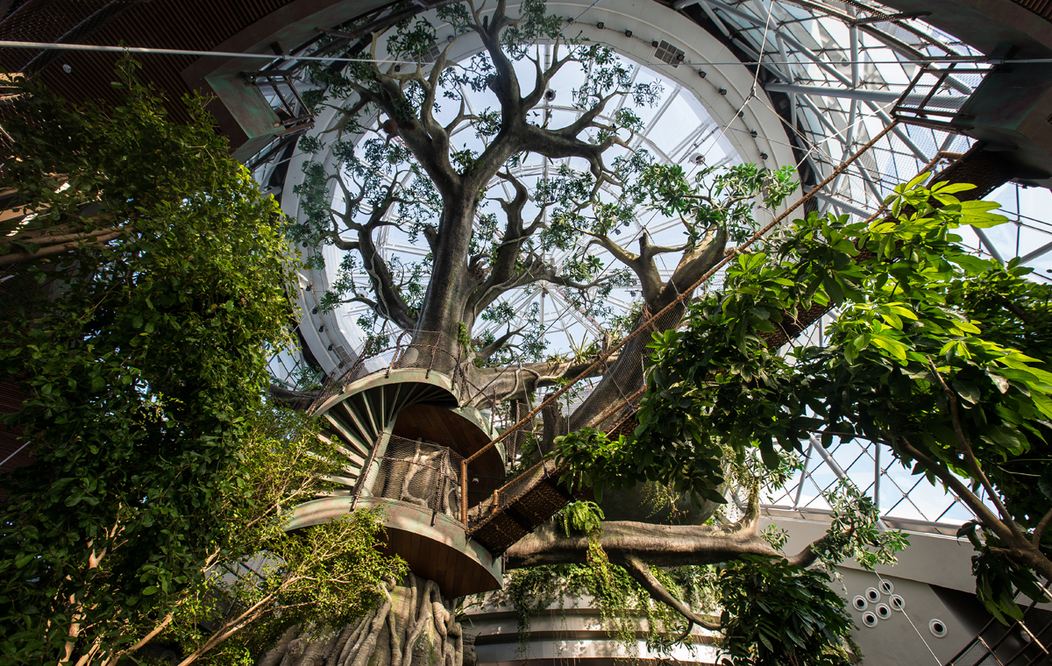

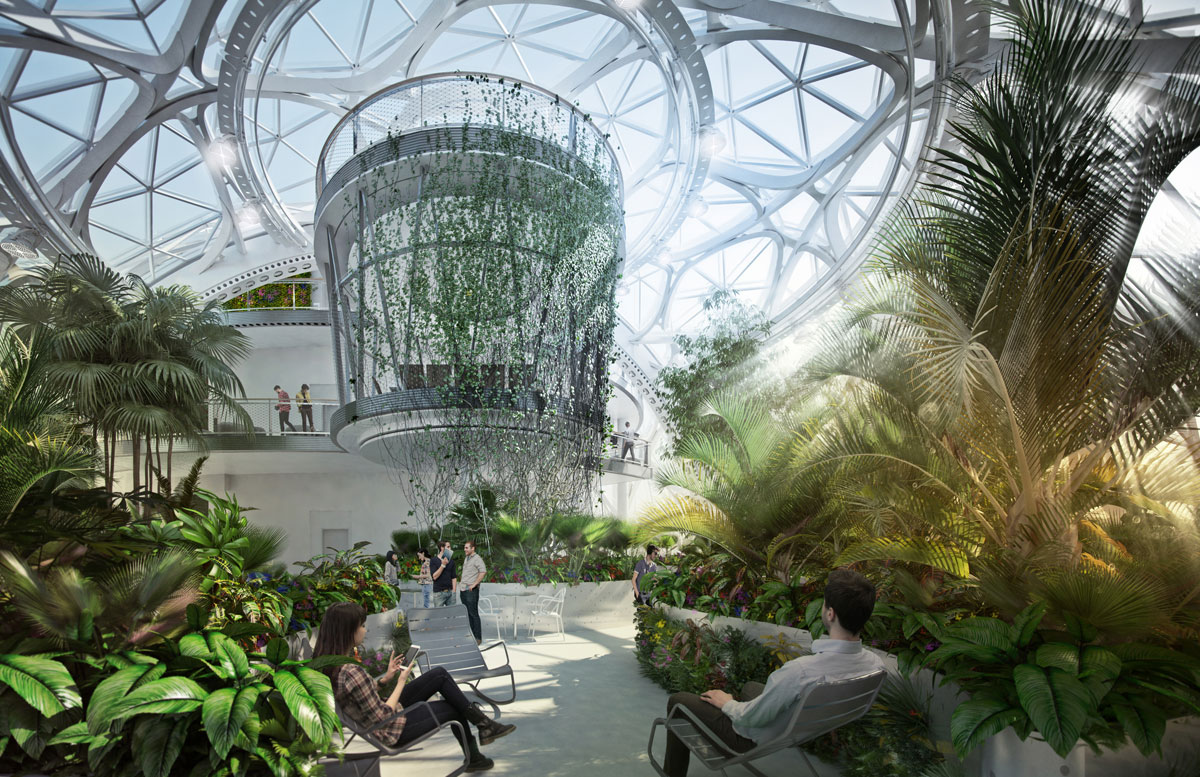
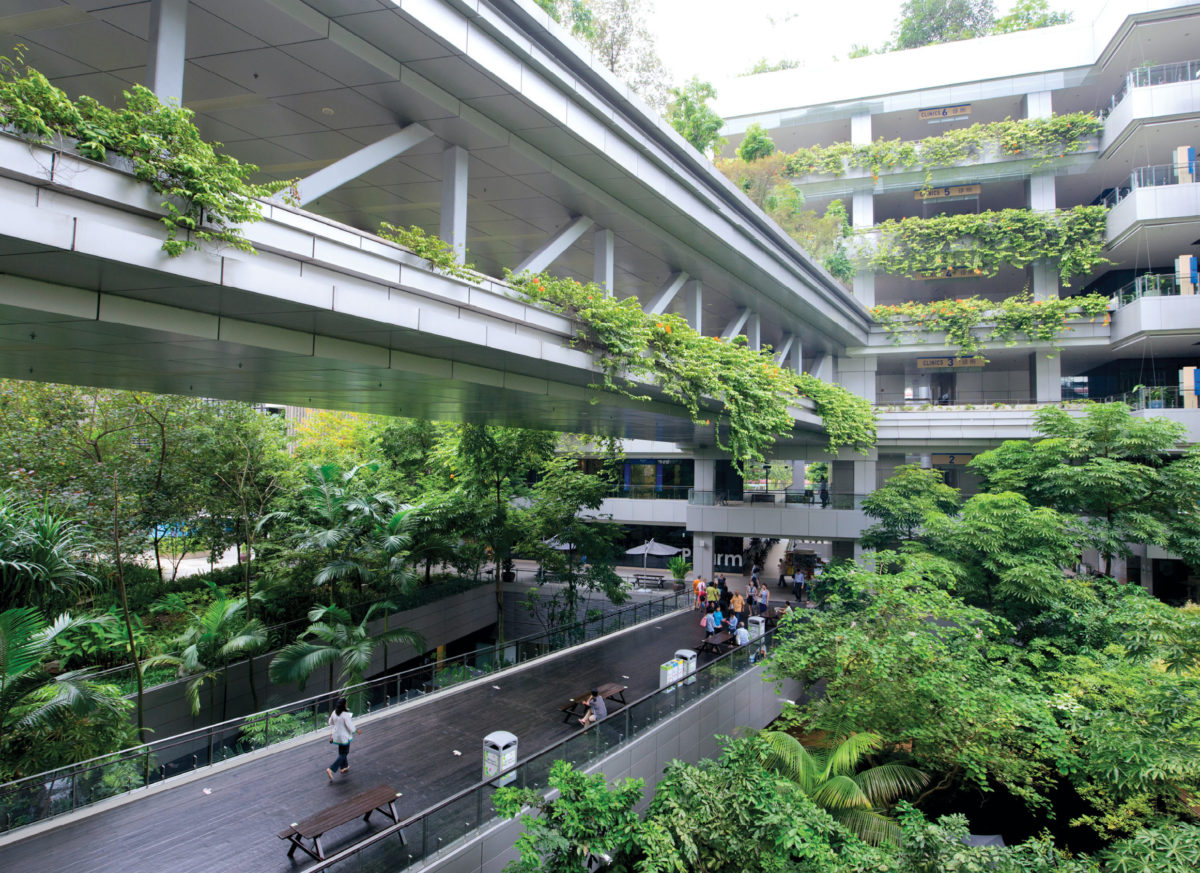
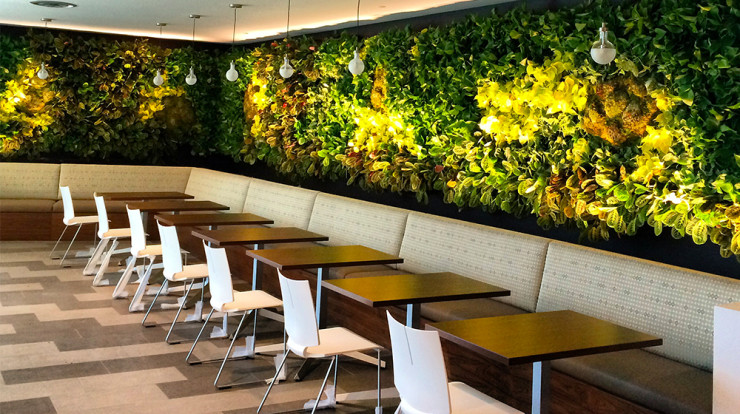
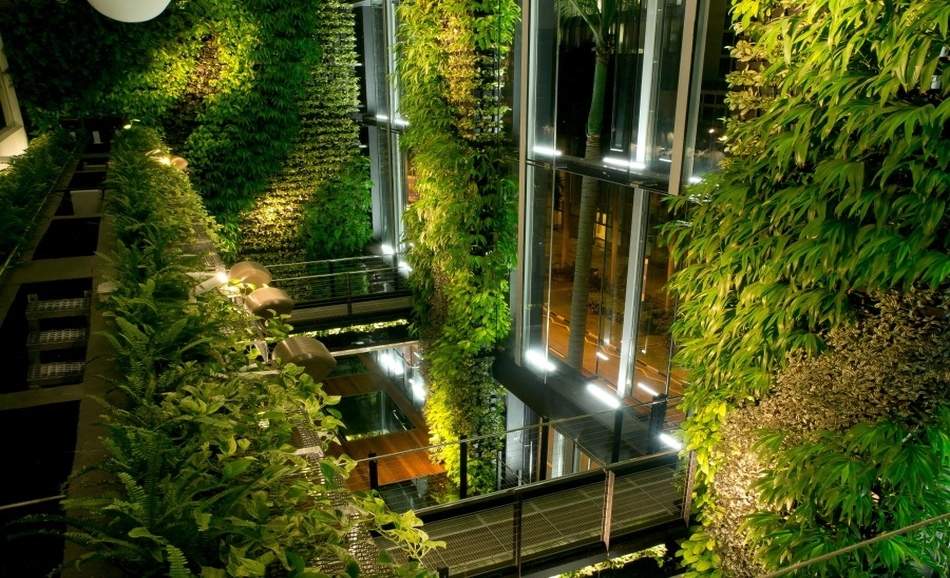
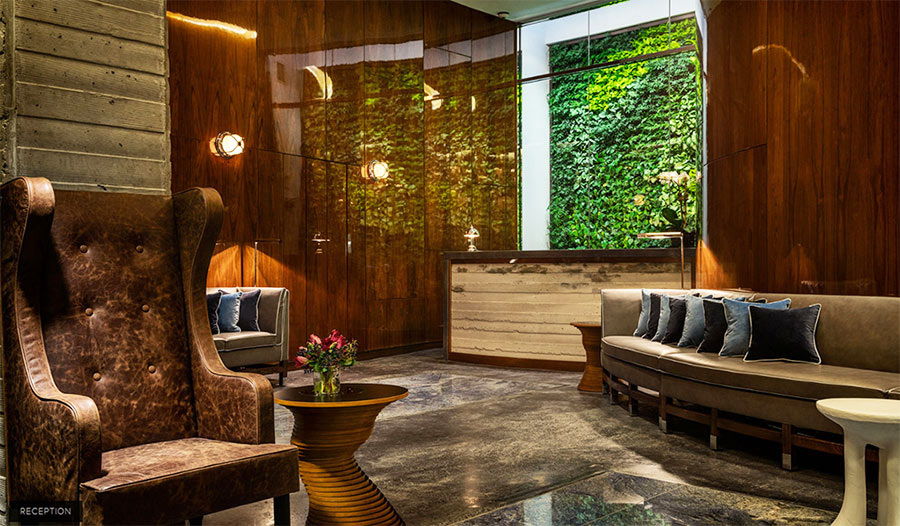
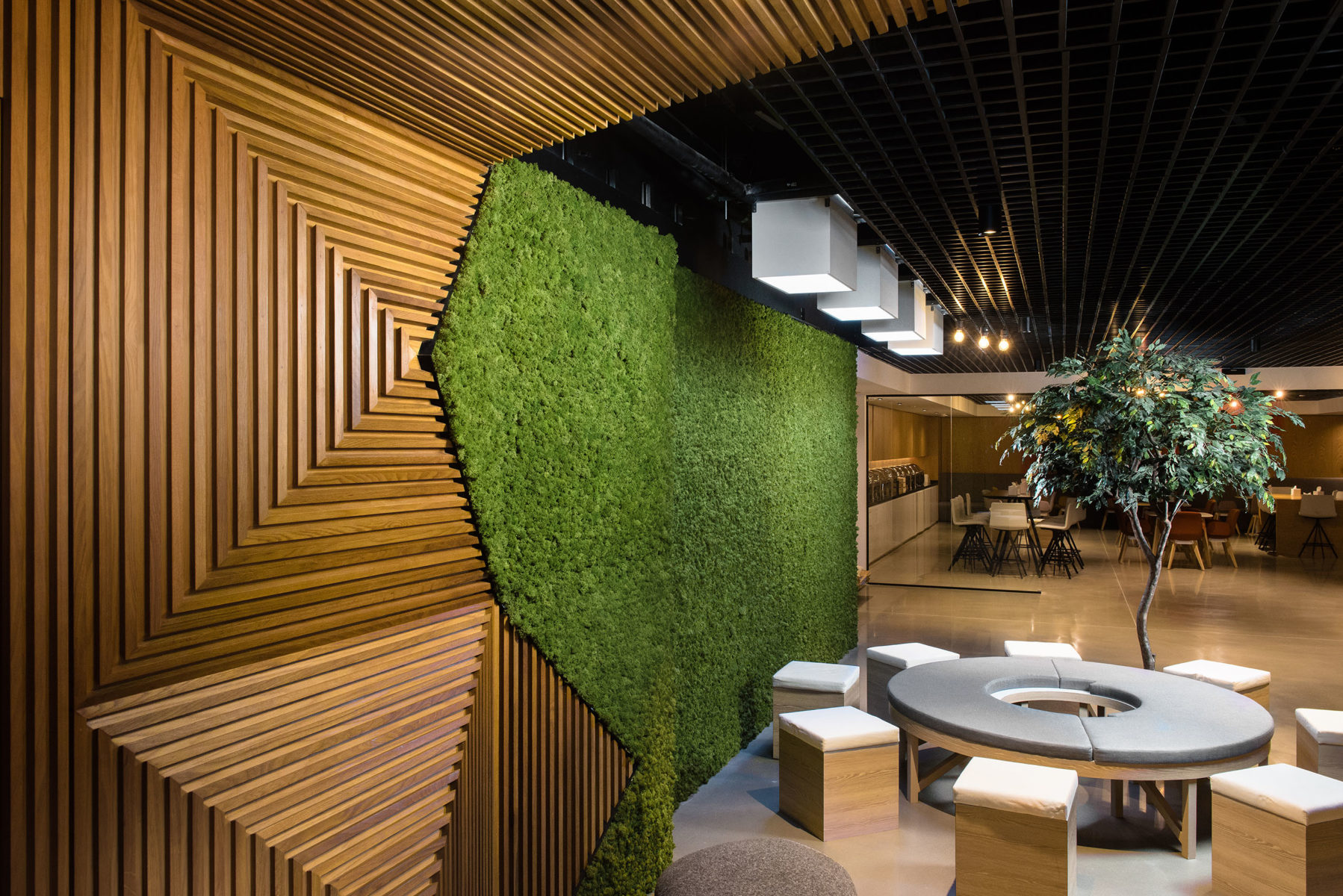
_________________________________________________________________________________
When You Hire Plantscape Technology, You Get
Trusted Experience, Knowledge, Quality and Reliability.
© 2019 Plantscape Technology
All rights reserved.
Mailing Address
28 West Elm Street
Townsend, MA 01474
Phone: 1-978-808-2891
FREE ESTIMATES
Call 1-978-808-2891